National forest lakes offer paddleboarders something that crowded reservoirs and urban water bodies cannot—pristine water surrounded by undeveloped wilderness where the only sounds come from paddle strokes and wildlife. These remote lakes typically feature crystal-clear water, protected shorelines, and minimal boat traffic that creates ideal conditions for stand-up paddleboarding. Unlike popular recreation lakes surrounded by development, forest lakes provide paddling experiences where natural beauty extends in every direction without interruption from buildings, roads, or commercial activity. Forest Service lakes range from small mountain tarns to expansive wilderness waters, though the best paddleboarding destinations share common characteristics: calm water, scenic surroundings, and reasonable access that doesn’t involve technical hiking skills.
Here is a list of 15 national forest lakes where paddleboarding becomes a wilderness adventure enhanced by pristine natural settings.
Redfish Lake
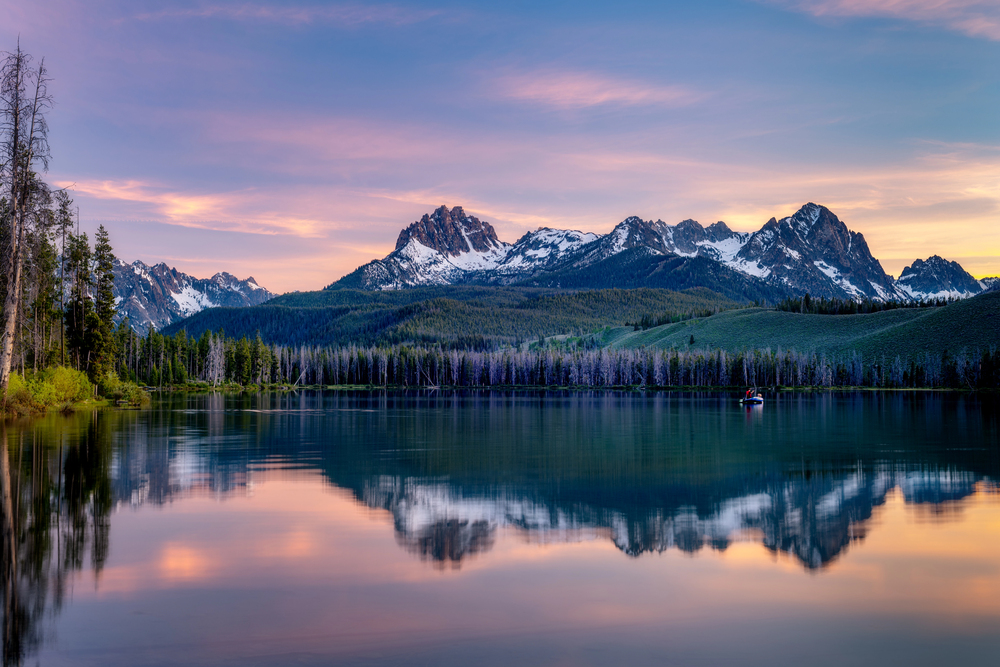
Idaho’s Sawtooth National Forest features this glacial lake, where paddleboarders enjoy mountain reflections while surrounded by peaks that rise directly from the water’s edge. The lake’s two-mile length provides plenty of paddling distance, while its protected location within the national forest ensures pristine water quality and minimal boat traffic. Multiple launching areas around the lake accommodate different skill levels, from protected coves perfect for beginners to open water that challenges experienced paddlers.
The lake’s name comes from sockeye salmon that historically spawned here, though paddleboarders now provide the primary summer activity on water that remains refreshingly cold even during hot Idaho’s hot summers.
Lake Crescent

Washington’s Olympic National Forest contains this pristine lake where paddleboarders navigate crystal-clear water surrounded by old-growth forest that creates cathedral-like settings. The lake’s eight-mile length and maximum depth of over 600 feet ensure stable water temperatures and minimal temperature fluctuation, making paddling comfortable throughout the summer season.
Multiple launching points provide access to different sections of the lake, from protected bays perfect for beginners to expansive open water that accommodates longer paddling adventures. The forest setting means wildlife encounters are common, with eagles, deer, and occasional elk visible from the water.
Jenny Lake
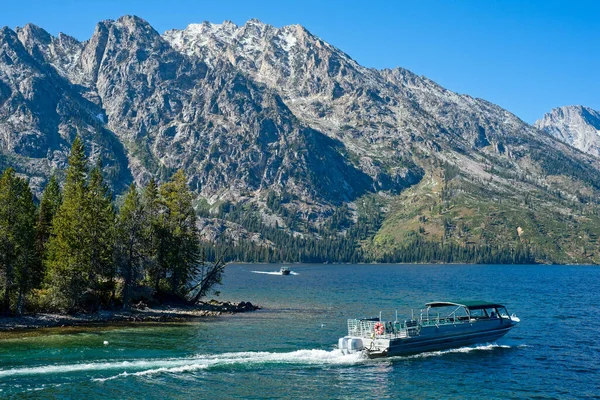
Wyoming’s Grand Teton National Forest features this iconic lake where paddleboarders experience some of America’s most dramatic mountain scenery while navigating calm water at the base of the Teton Range. The lake’s glacier-fed water remains cold throughout the summer, providing refreshing swimming opportunities for paddlers willing to brave the temperature.
Multiple access points around the lake’s perimeter allow different paddling experiences, from short excursions to full-day adventures that explore the entire shoreline. The lake’s popularity means early morning paddling provides the best conditions before boat traffic and afternoon winds increase.
Like Travel Pug’s content? Follow us on MSN.
Crater Lake
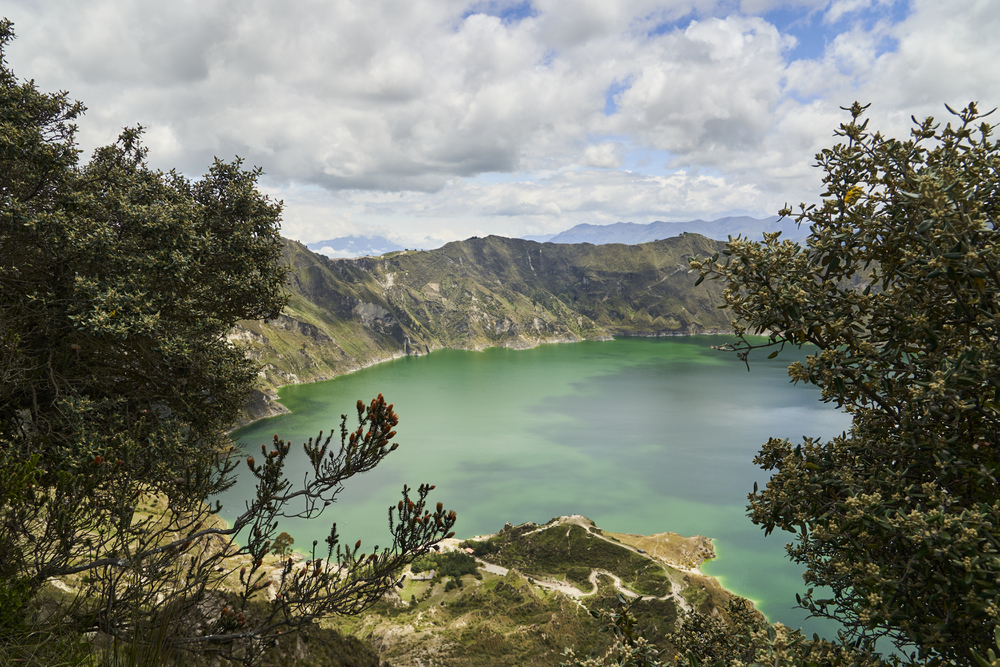
Oregon’s volcanic caldera creates the deepest lake in the United States, where paddleboarders can experience water so clear that objects remain visible at depths exceeding 100 feet. The lake’s unique formation within an ancient volcano crater means no streams enter or exit the water, creating pristine conditions maintained entirely by snowmelt and precipitation.
The rim drive provides dramatic viewpoints where non-paddling companions can observe boarders from elevated perspectives while enjoying some of America’s most spectacular lake scenery. Access to the water requires a steep hike that limits crowds, but ensures that paddlers who make an effort enjoy relatively uncrowded conditions on pristine volcanic water.
Tahoe Rim Trail Lakes
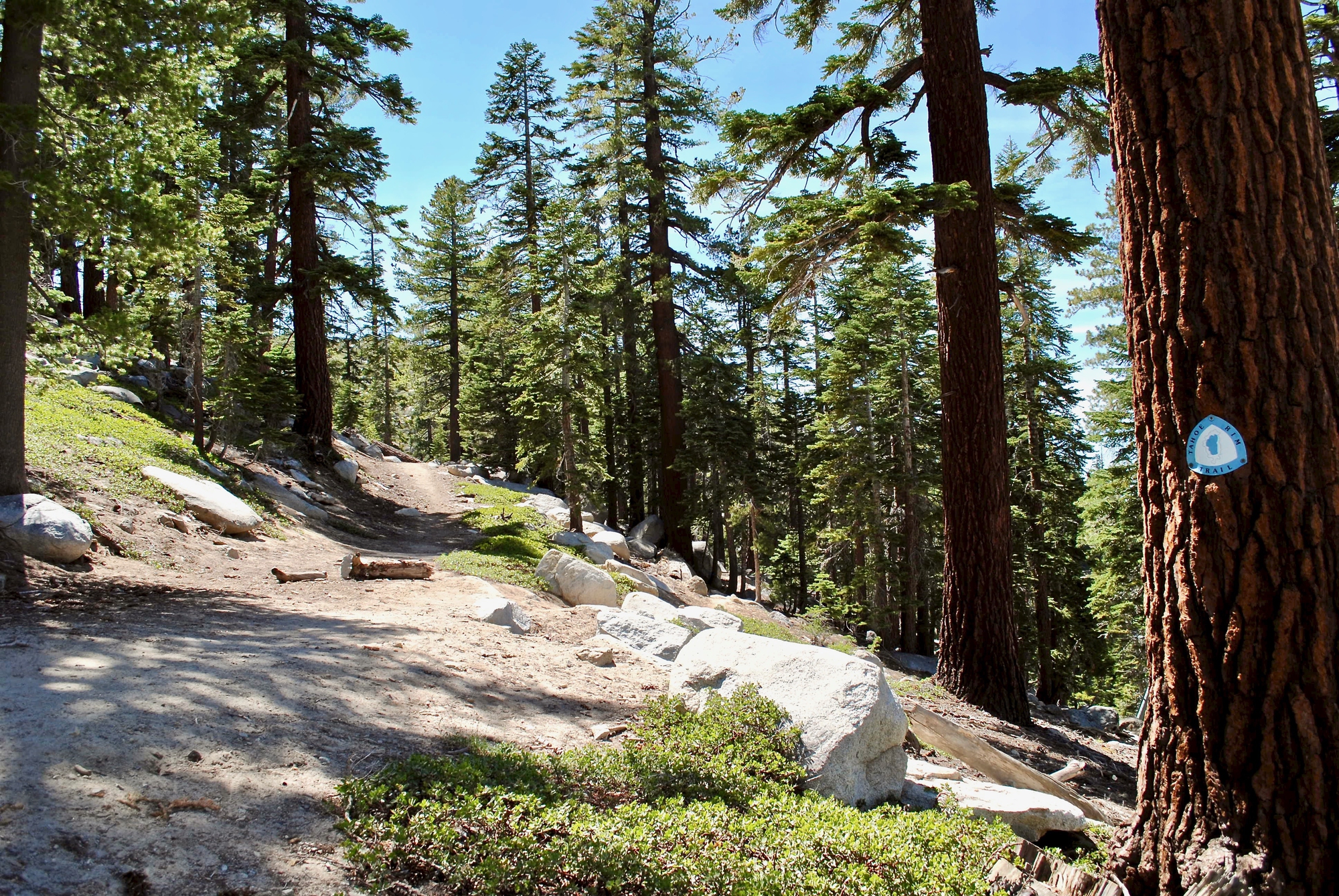
California’s Lake Tahoe region contains numerous smaller lakes accessible via the rim trail, where paddleboarders can experience alpine conditions without the crowds that characterize the main lake. These high-elevation lakes typically feature crystal-clear water surrounded by granite peaks and coniferous forests that create intimate paddling environments.
Most rim trail lakes require moderate hiking to reach, ensuring that paddlers willing to carry their boards enjoy solitude and pristine conditions. The elevation means summer is the primary paddling season, though the clear mountain air and dramatic scenery make these lakes worth the seasonal limitation.
Flathead Lake

Montana’s largest natural freshwater lake west of the Mississippi provides paddleboarders with expansive water surrounded by national forest land and mountain views in multiple directions. The lake’s size means paddlers can explore different areas during multiple visits, while the clear water and rocky shorelines create diverse paddling environments.
Multiple state parks and forest service access points provide launching opportunities while the lake’s protected status ensures water quality remains excellent for paddling activities. The large size means weather conditions can change quickly, requiring paddlers to stay near shore and monitor wind conditions throughout their time on the water.
Like Travel Pug’s content? Follow us on MSN.
Shasta Lake

California’s massive reservoir within Shasta National Forest provides paddleboarders with numerous protected coves and arms where calm water and forest surroundings create ideal paddling conditions. The lake’s size and complex shoreline mean paddlers can find secluded areas even during busy summer weekends when other parts of the lake experience heavy boat traffic.
Multiple marinas and launching areas provide access to different sections of the lake, from protected areas perfect for beginners to open water that accommodates advanced paddlers seeking longer distances. The surrounding forest provides shade and scenic beauty, while the lake’s elevation ensures comfortable summer temperatures for extended paddling sessions.
Priest Lake
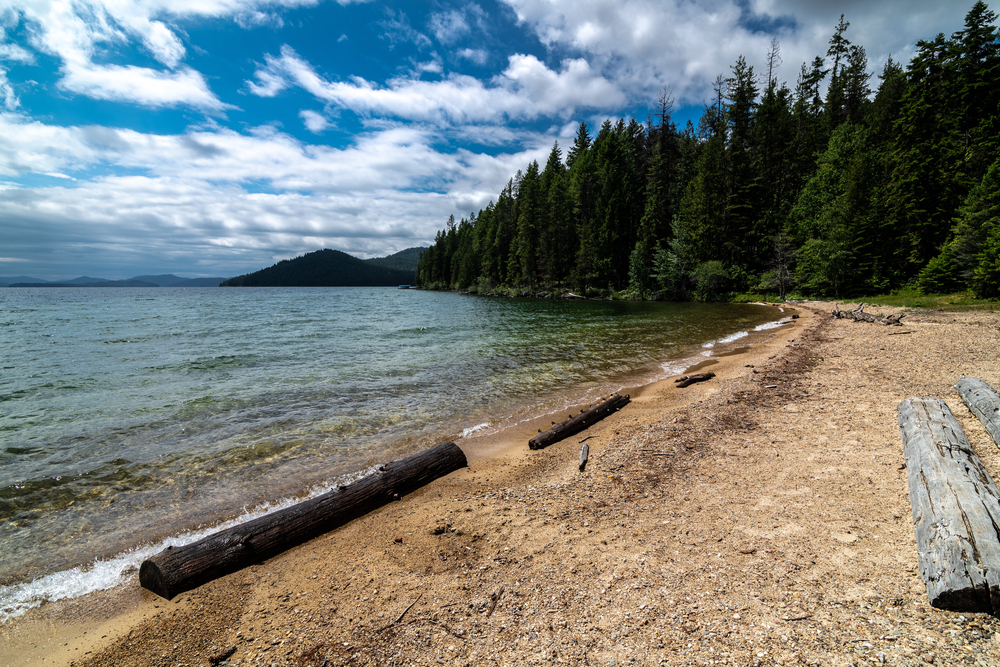
Idaho’s northern panhandle contains this pristine lake, where paddleboarders experience wilderness conditions enhanced by old-growth cedar and hemlock forests that extend to the water’s edge. The lake’s 19-mile length provides extensive exploration opportunities, while its protected upper section offers particularly pristine conditions for paddlers seeking solitude.
Multiple camping areas around the lake allow multi-day paddling adventures where visitors can combine camping with daily paddling excursions. The lake’s clear water and diverse shoreline create opportunities for both relaxing paddles and more adventurous explorations of hidden coves and tributary streams.
Convict Lake
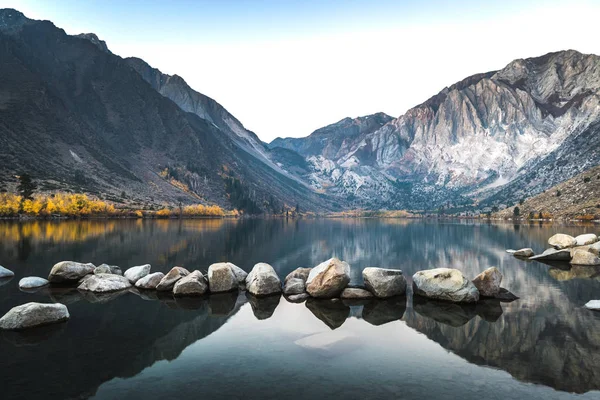
California’s Eastern Sierra contains this dramatic alpine lake where paddleboarders navigate turquoise water while surrounded by granite peaks that rise dramatically from the shoreline. The lake’s high elevation and mountain setting create stunning scenery, while the relatively small size ensures intimate paddling experiences.
The clear mountain water provides excellent visibility for observing trout and other aquatic life while paddling above them. Access requires driving a winding mountain road that limits crowds while ensuring that visitors who make an effort enjoy some of California’s most spectacular alpine paddling conditions.
Lake McDonald
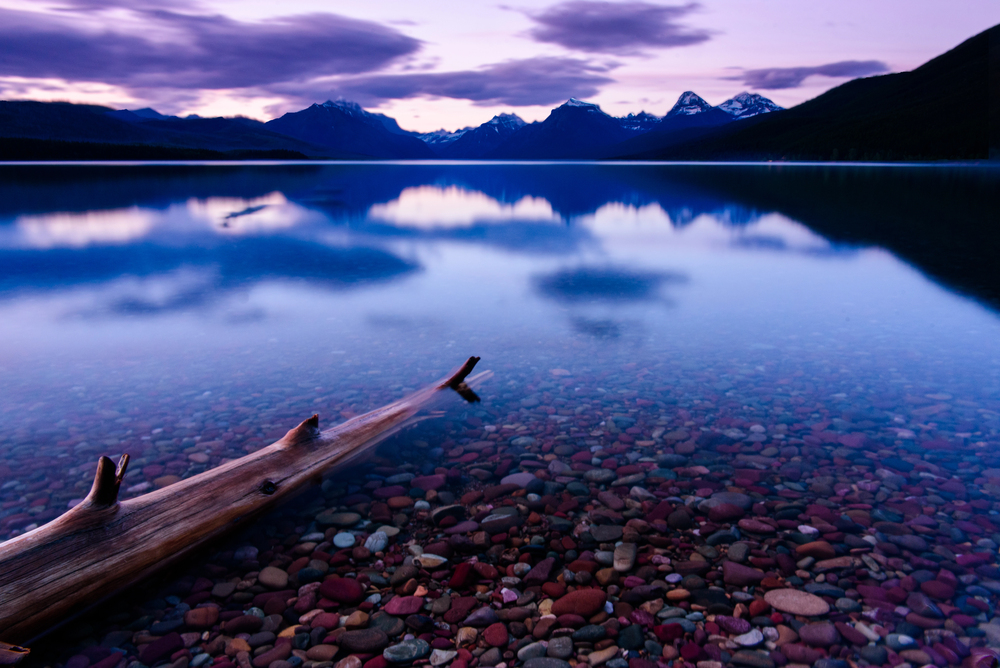
Montana’s Glacier National Park features this large lake where paddleboarders can explore pristine water while surrounded by peaks, glaciers, and wildlife that create quintessential wilderness paddling experiences. The lake’s ten-mile length provides extensive paddling opportunities while multiple access points allow different types of adventures, from short paddles to full-day explorations.
The clear glacier-fed water remains cold throughout the summer, providing refreshing conditions during hot weather while supporting diverse aquatic ecosystems visible from paddleboards. Early morning paddling often provides glass-like water conditions and opportunities to observe wildlife coming to drink at the shoreline.
Wallowa Lake
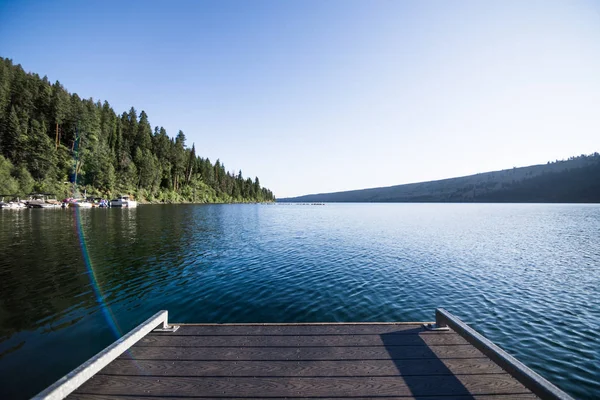
Oregon’s Eagle Cap Wilderness area contains this glacial lake where paddleboarders experience alpine conditions while surrounded by peaks that rise over 9,000 feet directly from the water’s edge. The lake’s relatively small size creates intimate paddling experiences, while the dramatic mountain setting provides spectacular scenery in every direction.
A historic lodge near the lake provides accommodation options for paddlers who want to extend their wilderness experience beyond day trips. The lake’s clear water and rocky shoreline create opportunities for both paddling and swimming in pristine mountain water surrounded by wilderness.
Bowman Lake
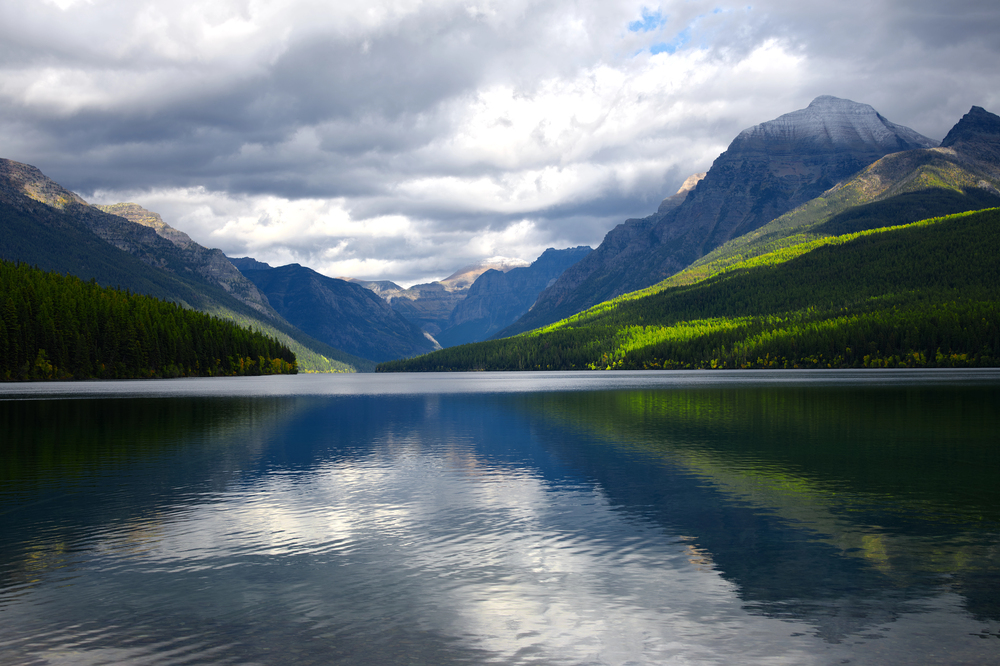
Montana’s remote Glacier National Park location requires a lengthy drive on dirt roads that ensures paddleboarders who reach this pristine lake enjoy solitude and wilderness conditions. The lake’s narrow shape and forest surroundings create intimate paddling experiences, while the clear water provides excellent visibility for observing aquatic life.
Multiple camping areas near the lake allow multi-day wilderness experiences where paddling combines with hiking, fishing, and wildlife observation. The remote location means paddlers should be self-sufficient and prepared for changing mountain weather conditions.
Seeley Lake
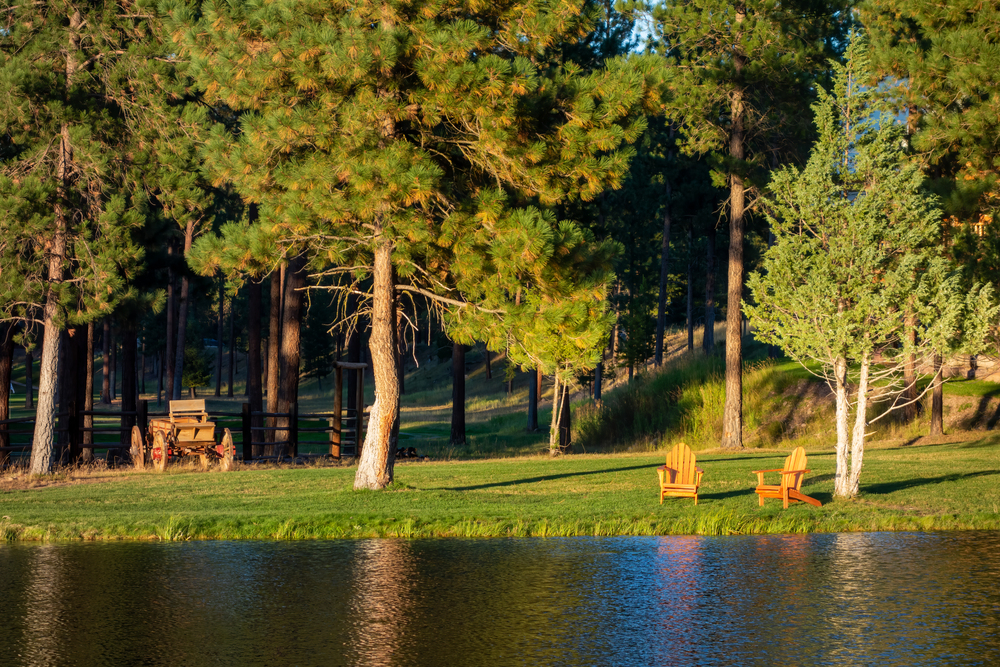
Montana’s wilderness lake provides paddleboarders with crystal-clear water surrounded by larch and pine forests that create quintessential Rocky Mountain paddling experiences. The lake’s protected location within the Seeley-Swan Valley ensures minimal development while maintaining good access for visitors carrying paddleboards.
Multiple launching areas around the lake accommodate different skill levels, while the clear water and diverse shoreline provide interesting paddling throughout the lake’s entire perimeter. The area’s wildlife includes loons, eagles, and various waterfowl that enhance the wilderness paddling experience.
Alpine Lake
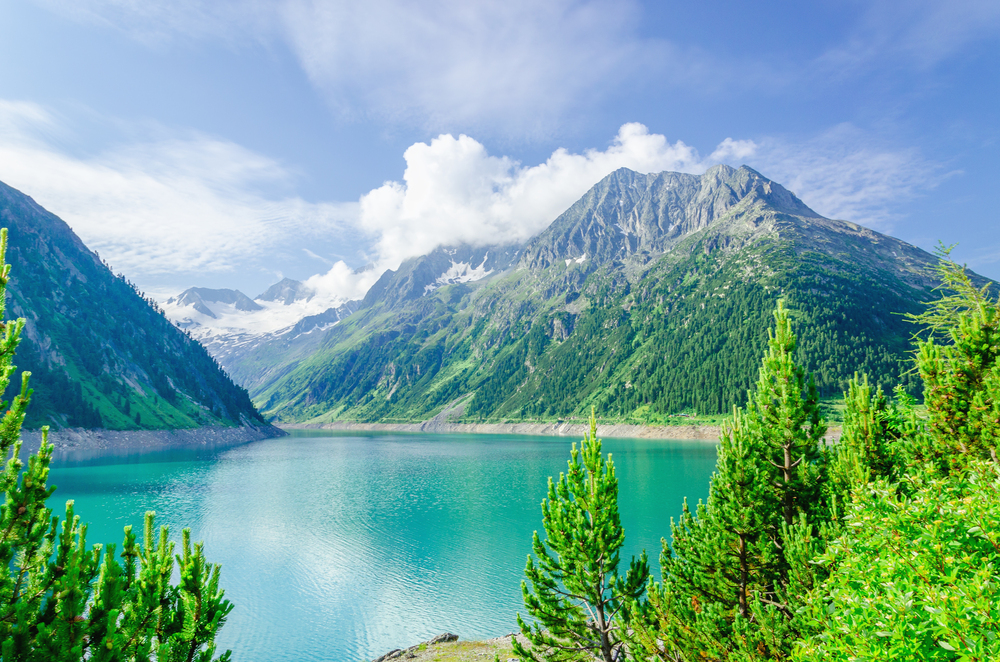
Washington’s North Cascades contain numerous alpine lakes accessible via hiking trails, where paddleboarders can experience high-elevation paddling surrounded by dramatic peaks and alpine meadows. These lakes typically require moderate hiking with paddleboards, but the effort rewards paddlers with pristine conditions and spectacular mountain scenery.
The clear glacier-fed water provides excellent visibility, while the surrounding wilderness ensures solitude and natural quiet, broken only by paddle strokes and wildlife sounds. Summer is the primary paddling season due to elevation, though the dramatic alpine setting makes these lakes worth the seasonal limitation.
Waldo Lake
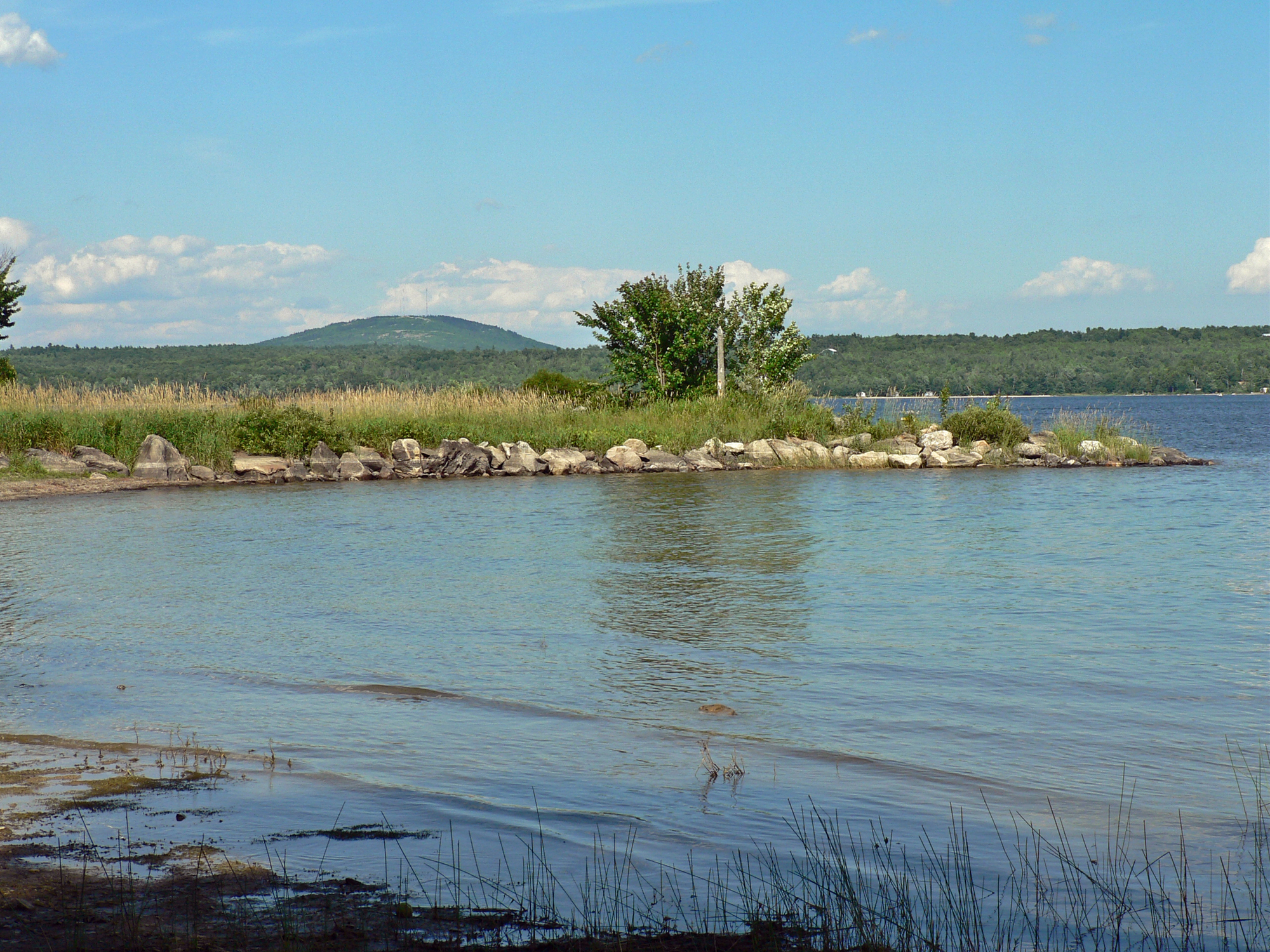
Oregon’s Cascade Mountains contain this exceptionally pure lake, where paddleboarders can experience some of the clearest water in North America while surrounded by old-growth forests. The lake’s high elevation and protected watershed ensure water clarity that allows paddlers to see depths exceeding 100 feet while navigating above pristine aquatic ecosystems.
Multiple access points around the lake’s perimeter provide different paddling experiences, while the large size accommodates both short excursions and full-day adventures. The lake’s purity and remote location create wilderness paddling experiences that demonstrate how national forest lakes can provide some of America’s most pristine water recreation opportunities.
Wilderness Waters
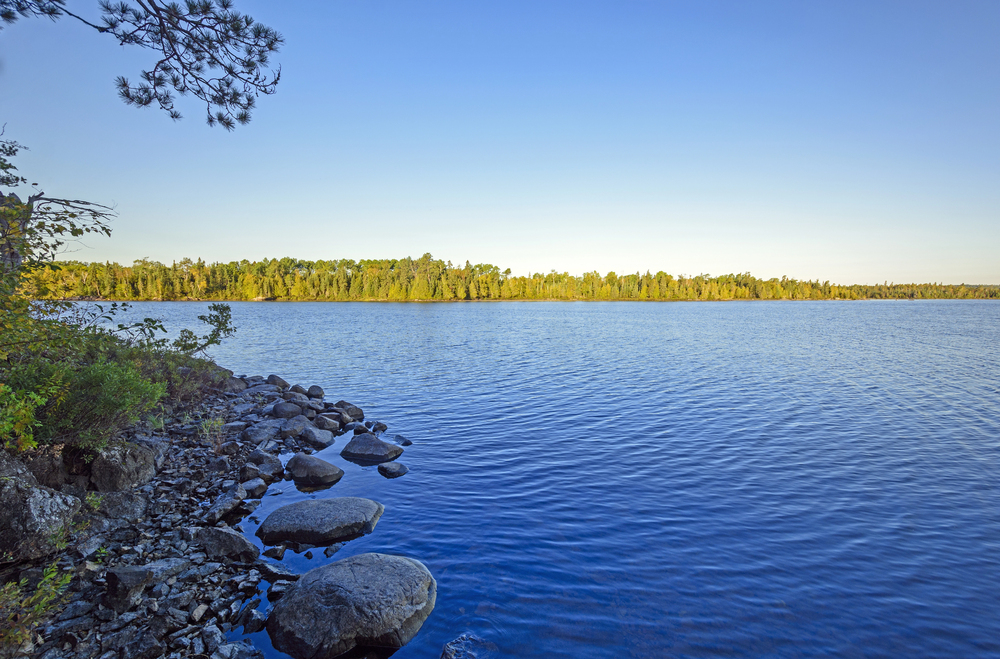
These national forest lakes demonstrate how pristine natural settings can transform paddleboarding from recreational exercise into a wilderness adventure that connects paddlers with America’s most beautiful aquatic environments. Each lake offers unique combinations of clear water, forest surroundings, and mountain scenery that create paddling experiences unavailable in developed recreation areas.
Whether seeking solitude, scenic beauty, or crystal-clear water, these forest lakes prove that the best paddleboarding happens where wilderness protection ensures that natural beauty remains the primary attraction.
More from Travel Pug

- 20 Best Beach Towns in the Carolinas
- 13 Destinations Where Tourists Regularly Regret Their Trip
- 20 Destinations That Are More Magical Without an Itinerary
- 20 Underrated Adventures That Belong on Your Travel List
- 20 Cities Where You Should Just Wing It, No Planning Required
Like Travel Pug’s content? Follow us on MSN.
